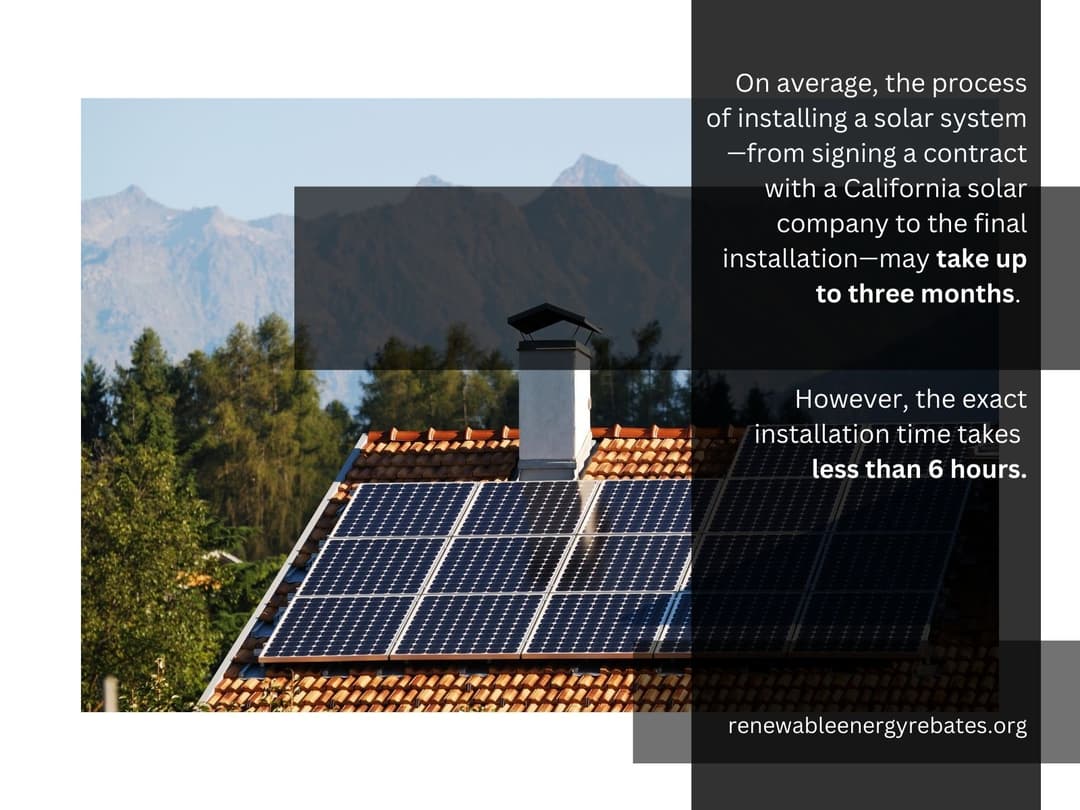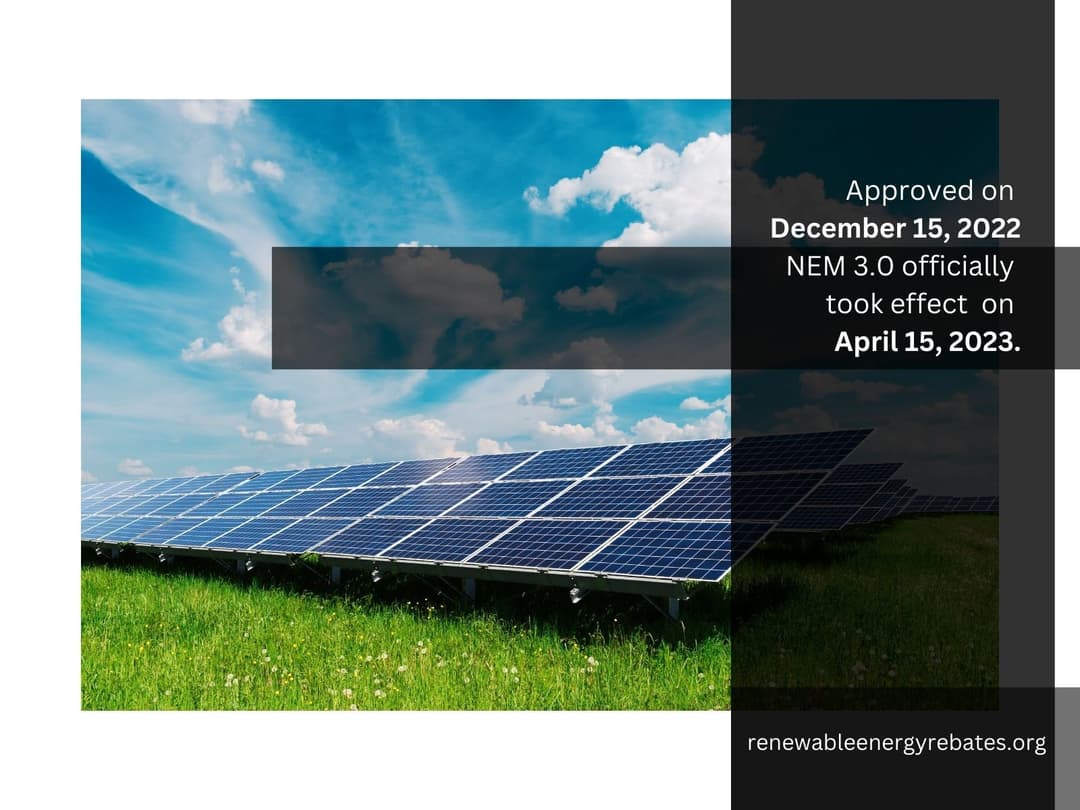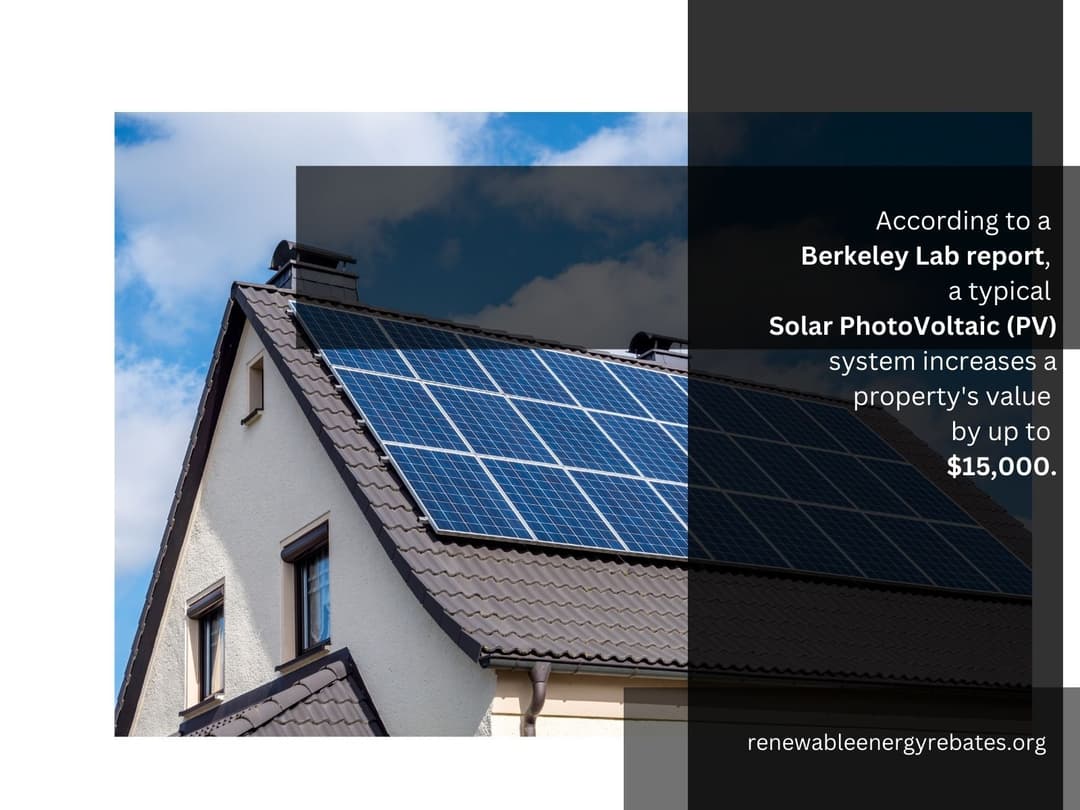Going Solar in Sacramento County, CA
Installing Solar Panels in Sacramento County, California: Costs & More
Key Details
- Solar Panels cost between $2.36 and $3.28 per watt in Sacramento County, with a 5kW system costing $11,800 to $16,400 depending on various factors.
- Payback period for residential solar systems in Sacramento County is typically between four to eight years.
- Factors determining solar panel cost include panel type, brand, price per watt, and installation company.
- Incentives for solar energy in Sacramento County include federal tax credits, local utility incentives, and state programs like SMUD, SASH, and SGIP.
How much do Solar Panels cost in Sacramento County, CA?
As of January 2023, installing a solar panel system in Sacramento County costs between $2.36 and $3.28 per watt. A 5kW solar panel system may cost between $11,800 and $16,400, depending on the type of panel, installation company, and other factors.
However, the price of Sacramento County solar panels can be reduced with federal, state, or local incentives. For instance, tax-paying homeowners are eligible for a 30% federal investment tax credit (ITC) from 2022 to 2032.
Homeowners may also be eligible for further reductions using state and local rebates.

Average cost of Sacramento county solar panels after accounting for the 30% tax credit
| Energy System Size | Solar Panel Cost | Cost After Credit |
| 3kW | $8,460 | $5,922 |
| 4kW | $11,280 | $7,896 |
| 5kW | $14,100 | $9,870 |
| 6kW | $16,920 | $11,844 |
| 7kW | $19,740 | $13,818 |
| 8kW | $22,560 | $15,792 |
| 9kW | $25,380 | $17,766 |
Note: Except specified otherwise, cost per watt mostly refers to the price of the solar panel and the installation cost.
How Long Does it Take for Solar Panels to Pay for themselves in Sacramento County?
Residential solar systems in Sacramento County may take between four and eight years to pay for themselves. However, recovering the initial cost of installing a solar system in terms of electricity savings depends on several factors, such as the system’s size, household energy consumption, solar system type, location, and installation cost.
Usually, the payback period is faster for households that originally had high electricity consumption and installed a solar system with high system output.

Beyond the payback period, individuals and businesses can make further savings during the solar PV system’s lifespan. Solar investors can also consider profiting from net metering; feeding excess solar-generated energy into the electric grid of the local utility company.
What are the Incentives for Solar energy in Sacramento County, California?
Residents and homeowners in Sacramento County have access to tax credits, solar benefits programs, and rebates for solar panels in California, and at the federal and local levels. The incentives available to Sacramento County residents are as follows:
| Incentive | Level | Description | Value | Active Period |
| Sacramento Municipal Utility District (SMUD) Solar Incentive Program | Local | SMUD no longer offers solar rebates as of January 2023. However, customers are eligible for a stipend to help reduce the solar installation cost. | $150 stipend per installation
Free installation of a PV production meter |
March 1, 2022 - Unspecified |
| Disadvantaged-Communities - Single-Family Solar Homes (DAC-SASH) | State | This program provides solar panels for homes in disadvantaged communities at a reduced cost or at no cost. Applicants must be single-family homeowners and be existing customers of PG&E, SDG&E, or SCE.
The applicants must also meet the income and location requirements i.e. residing within the disadvantaged community map. |
Up to $3 per watt on system installation
Energy efficiency training |
January 1, 2019 - December 31, 2030 |
| Self-Generation Incentive Program
(SGIP) |
State | The California Public Utilities Commission SGIP initiative offers rebates to offset the cost of installing an energy storage system. There are different categories of SGIP rebates with different rebate rate coverage and eligibility requirements; General Market, Equity, and Equity Resiliency. However, all applicants must be customers of SDG&E, PG&E, SoCalGas, and SCE. | General Market: Up to $250/KWh or approx. 25% of an average storage system
Equity: Up to $850/KWh or approx. 85% of an average storage system. Equity Resiliency: Up to $1000/KWh or almost 100% of an average storage system |
2001 - 2024 |
| Solar on Multifamily Affordable Housing (SOMAH) | State | The SOMAH program provides eligible persons funds to install solar systems for homes. The applicant’s property must have at least five units and meet other property, income, and customer requirements. This program focuses on reducing energy costs for both homeowners and tenants in terms of $ per AC Watt. | As of 2021-2022, the incentive rate was between $0.56 to $3.04 per AC Watt.
Rates are announced on July 1 of every year |
July 1, 2019 to June 30, 2026 |
| Federal Solar Investment Tax Credit (ITC) | Federal | The Federal ITC or Residential Clean Energy Credit helps owners reduce the cost of installing a solar system and battery storage.
Tax-paying homeowners can apply for this incentive when filing taxes for the year that the solar system was installed. |
Before 2020: 30%
2020-2021: 26% 2022-2032: 30% 2033: 26% 2034: 22% |
2005 - 2034 |
How can I Sell Solar Energy in Sacramento County, California?
Homeowners can sell excess solar powerin exchange for earning credits using a billing process called Net Metering or Net Energy Metering (NEM).
Credits received for the energy exported into the grid can be paid at the same rate the utility company charges for electricity from the grid - known as one-to-one net metering) - or it can be at the rate set by the state or utility company.

In Sacramento, the Sacramento Municipal Utility District (SMUD) is the local electric service provider and offers $7.4¢/kWh for excess energy sold into the grid from solar installed on or after March 1, 2022.
However, customers who installed solar before March 1, 2022, can be on the NEM 2.0 rate until 2030. As a community-owned, non-profit company, SMUD is not subject to the new NEM (3.0) rates set by the California Public Utilities Commission (CPUC) to begin on April 15, 2023.
Do You Need a Handyman or a Solar Installer in Sacramento County?
The U.S. Office of Energy Efficiency and Renewable Energy encourages solar investors to hire qualified professionals for installation. Furthermore, California State License Board (CSLB) and the California Electrical Code (2019 CEC 690.4(C)) require that only qualified persons may perform solar installations.
Additionally, solar installation in Sacramento County will most likely involve permits, installation plans, code compliances, interconnection with the Sacramento Municipal Utility District (SMUD), and other processes that can be made easier and faster with professional expertise.
For contractors to be qualified to install solar systems or perform related duties, they must have one or more of the following licenses:
A - General Engineering Contractor: Has specialized skills and is authorized to install solar energy systems
B - General Building Contractor: Holders are permitted to perform solar work restricted to Business and Professional Code (BPC) Section 7056
C-4 - Boiler, Hot-Water Heating, and Steam Fitting contractors: Limits holders to solar projects involving solar heating equipment
C-10 - Electrical contractors: Holders can perform solar projects that produce, use, transform or transmit electrical energy
C-36 - Plumbing contractors: Limits holders to solar projects involving using solar as a water heating system
C-46 - Solar contractors: The license holder is authorized for the installation, maintenance, modification, and repair of thermal and photovoltaic solar energy systems.
C-53 - Swimming Pool contractors: Holders can install solar heat for swimming pools
Interested persons can confirm registration or license status [online](https://www.cslb.ca.gov/OnlineServices/CheckLicenseII/CheckLicense.aspx).
Are Tesla Solar Panels Available in Sacramento County, California?
Individuals and businesses in Sacramento County can buy Tesla solar panels online, at Tesla retail locations, or through solar contractors.
Installing a Tesla solar panel costs around $2.80 per watt without incentives, slightly lesser than the county’s average cost per watt. According to reviews, Tesla solar panels have one of the highest efficiency ratings, with a maximum rate around 20%. Tesla solar panel reviews also show that the Tesla powerwall battery is one of the most recommended solar batteries in the industry.
While there are no Tesla-certified installers available in Sacramento County as of January 2023, residents and businesses may still take advantage of installation services offered directly by Tesla.
Do Solar Panels Increase a Home Value in Sacramento County?
Yes, solar panels increase home value in Sacramento County. A study by Lawrence Berkeley National Laboratories revealed that buyers are inclined to pay more for homes with host-owned solar (PV) energy systems.
According to Zillow, the resale value of homes with solar panels increases by 4.1%, whereas the National Renewable Energy Laboratory estimates that there will be a $20 increase in home value for every $1 saving in electricity bills.

However, how much the value increases depends on factors such as:
Savings: Generally, the more a buyer saves on electricity the more valuable the home. Especially considering the cost of getting a new system installed.
Location: Where a house is located determines how much sun exposure the solar panels get and how much the electrical cost is. Hence, if the electrical cost is high in the neighborhood and the solar PV system gets high sun exposure, the buyer potentially gains or saves more.
System output: Relating to the above, the more energy a solar system generates and the larger the solar system, the higher the home value.
System age: Solar system depreciates with age. Hence, newer systems with more years left on their lifespan will add more value to the home than older ones.
System replacement value: Difficulty and cost of getting parts for possible future repairs can affect how much value the solar system adds to the home.
Are Solar Panels Exempt from Property Taxes in Sacramento County?
Yes, solar panels are exempt from property tax in Sacramento County.
California’s New Construction Exclusion exempts the assessment of installed active solar energy systems. Therefore, instead of adding the solar system value to the property’s current market value for tax purposes, there will be no assessment or change in the existing assessment.
This exemption applies to solar system installations completed before January 1, 2027, and shall remain in effect until there is a change in property ownership.
Note: New Construction does not apply to solar swimming pool heaters or hot tub heaters.
How to Find Solar Companies Near Me in Sacramento County, California?
Finding the best solar company for a solar project in Sacramento County involves more than searching “Sacramento solar companies near me”.
There are several factors to consider and from budget to each company's qualifications. Interested persons may take the following steps to find the best solar company nearest to their location.
Step 1: Determine the goals and budget
Before contacting any solar company, it is ideal to understand what the solar project will include. Will it be a solar roof or solar panels? Is battery storage or solar pool heating part of the plan? Homeowners must also create a budget to fit the goal or adjust the goals according to the available funds and incentives.
Step 2: Understand the types of solar companies
Solar companies offer different services. This includes solar manufacturing companies, installation companies, and solar panel dealers. Knowing the type of services needed will help you understand the type of solar company to contact for the project.
Step 3: Make a list
Create a list of verified solar companies near you by checking local listings, checking local governing websites for recommendations, or asking family and friends.
Step 4: Eliminate Companies based on qualifications
After creating a list of nearby companies, screen the companies according to their reviews, reputation, certification, and licensing.
Step 5: Get comprehensive quotes
Contact qualified solar companies to get a comprehensive quote to compare the pricing and service offered. Apart from solar installation and panel prices, look out for the cost of services such as maintenance and monitoring. You can also ask about financing options, warrantees, and available incentives.
Step 6: Final research and interview (questions)
To make the final selection from the narrowed-down list, schedule appointments for the company to see the home and make more precise calculations. Be sure to ask questions about insurance, who will be doing the work, and the type of license held by the installer. Verify the license details on the California State License Board.
Step 7: Selection
If one or more companies made the cut, make your decision on who to work with.